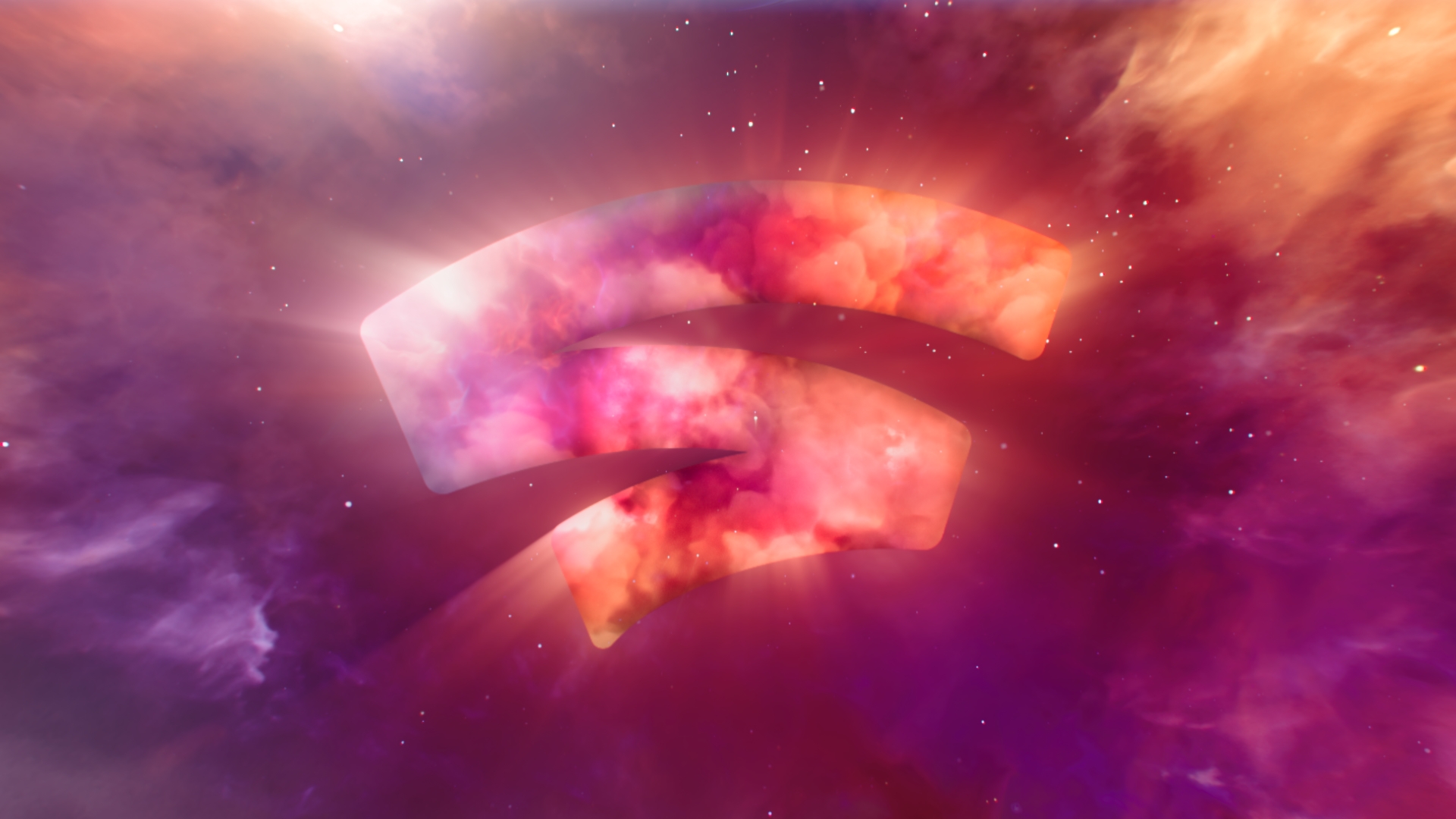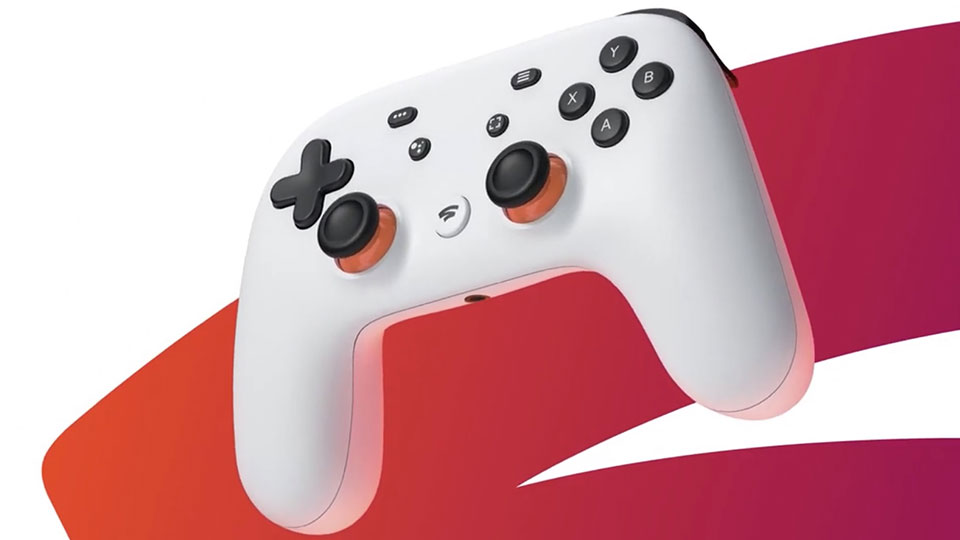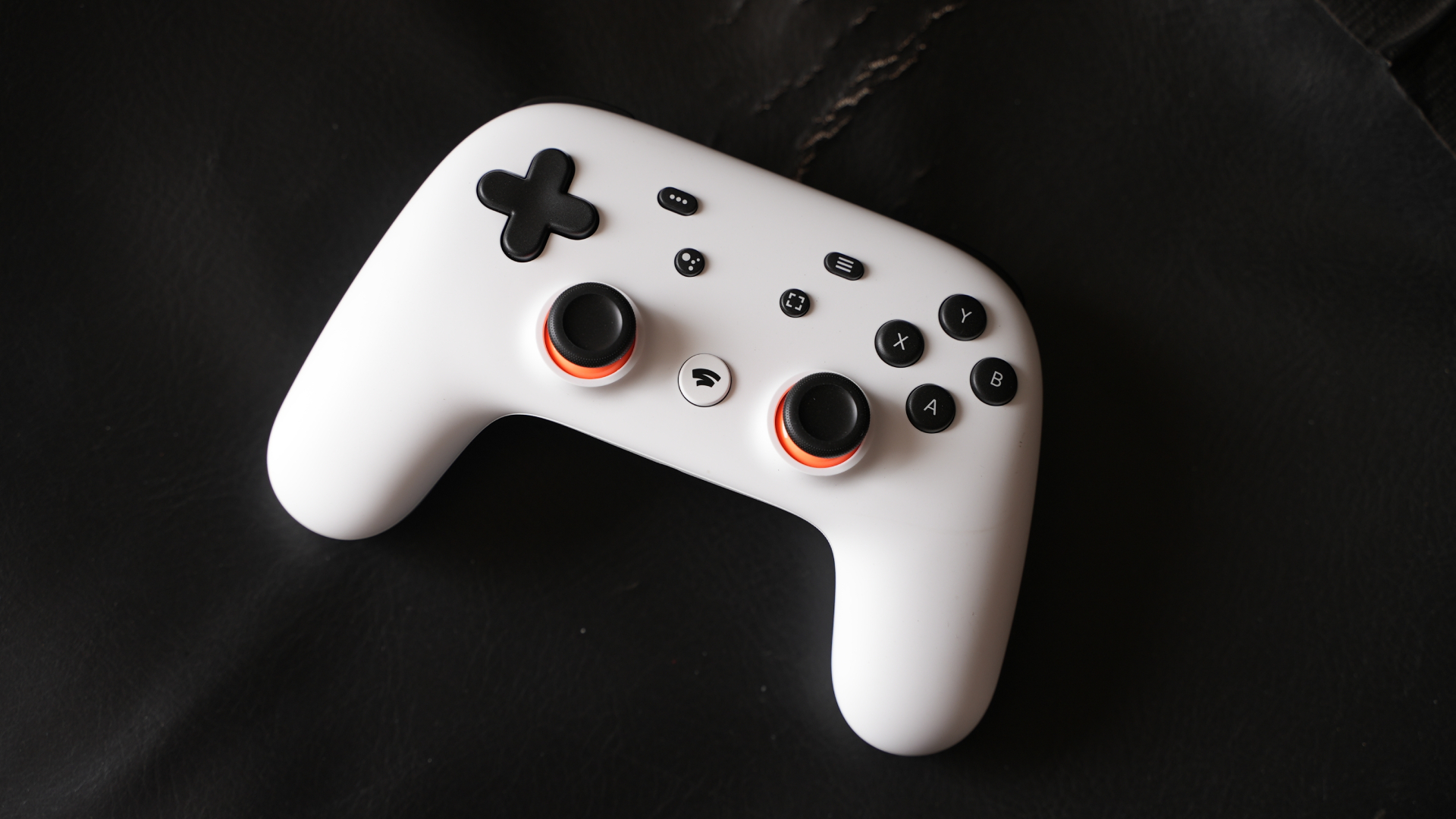So long, Stadia – why Google’s cloud gaming platform failed
Was it a failure for tech, or marketing?

Ok, Google - why is Stadia shutting down?
The streaming service’s imminent closure in January 2023 has caught many by surprise, including developers who had been working towards exclusive releases on the platform right up until Stadia VP and general manager Phil Harrison released a blog post detailing the platform’s closure.
Studios like Tequilaworks had to scramble to find new homes for their WIP projects. The Rime developer’s upcoming game, Gylt, had been planned as a Stadia exclusive before a quick emergency pivot toward a multiplatform release. And they weren’t the only ones in that pickle.
It’s so far unclear how and, indeed, if Google will reimburse studios who’d been working on Stadia releases. It’s also unclear why the tech giant pulled out of its ambitious cloud gaming project in a manner that seemed from the outside so abrupt.
“The underlying technology platform that powers Stadia has been proven at scale and transcends gaming”, Harrison says in the post.
“We see clear opportunities to apply this technology across other parts of Google like YouTube, Google Play, and our Augmented Reality (AR) efforts — as well as make it available to our industry partners, which aligns with where we see the future of gaming headed.
“We remain deeply committed to gaming, and we will continue to invest in new tools, technologies, and platforms that power the success of developers, industry partners, cloud customers, and creators.”
Get daily insight, inspiration and deals in your inbox
Sign up for breaking news, reviews, opinion, top tech deals, and more.
Tech over branding

It’s interestingly phrased, that statement. Google’s proven the tech at scale, and wants to use it elsewhere in the business. And it wants to sell it to other businesses who may wish to use it for gaming purposes. But as far as that blog reads, Google isn’t currently interested in using cloud technology as the basis of a gaming platform.
And perhaps that has less to do with the internal machinations of a vast and incomprehensible corporate juggernaut, and more with our behavior down here at ground level. Cloud gaming, it seems, just isn’t quite cooked through yet.
It’s been in the oven since around 2003 when Finnish cloud pioneers G-Cluster first offered server farm power at consumer level through the noughties’ finest copper cables. Gaikai and OnLive had their respective stabs at taking processing tasks away from the local machine in the late noughties, going public in the early 2010s with their offerings.
Looking back, it’s possible these early glimpses into cloud gaming did more harm than good. Anyone who sampled OnLive circa 2011, patiently watching a vaseline-smeared image of Assassin’s Creed Revelations update itself, always an agonizing beat behind your controller inputs, surely felt a pang of pain when Stadia was announced.
Dark skies

It wasn’t that the concepts behind OnLive or Gaikai were flawed. Sony recognized that when they bought Gaikai for $380m in 2013, using the tech for PlayStation’s Share Play, Remote Play, and PlayStation Now services. The former two weren’t transformative features of PS3 or PS4, but the latter’s still trucking, albeit under the PlayStation Plus subscription umbrella these days. Nine years later, it’s fair to say Sony’s been happy to play the long game with cloud gaming.
Microsoft seems happy to take a long view, too. Its own cloud gaming service is also tied to the platform holder’s monthly games subscription pass and currently resides in beta. And if you’ve got an internet connection for it, it’s not bad. 1080p60 streaming is possible, and while there’s still a tiny sense of input delay if you look out for it, it’s lightyears beyond OnLive.
And then there’s Nvidia. Propelled into the upper echelons of tech company wealth by Bitcoin mining, the California-based multinational also has several years of skin in the streaming game. GeForce Now, formerly GeForce NOW and simply Grid before that, has been around since 2013 and also shows vast improvement since it launched.
You can see why this was an attractive area for Google when Stadia launched in 2019. All the current stakeholders were making steps forward. It must have seemed like a bit of an open goal for a mighty figure like Google to come along, legitimize the whole technology by virtue of its name, and finally attract a mainstream audience.
And then, when the world had to stay indoors for an indeterminate amount of time in 2020, Stadia got its Carnegie Hall booking. Surely these were the perfect conditions for a new gaming platform to break through.
It didn’t happen, of course. While gaming itself boomed during the pandemic, most of that spending came from mobile games. A smaller percentage came from traditional gaming revenue - consoles, boxed, and digital game copies. As for cloud gaming revenue… by all accounts, it was too small to count. I wrote a report at the beginning of the year for games industry investors using sales data from 55 different countries. None of the data sets even bothered to count cloud gaming as a vertical. Pitted against the established platforms and distribution channels, it simply didn’t disrupt the market.
Bright forecast

I can’t tell you why. I can only tell you that I was never tempted to try it. As a lifelong traditional gamer who already owns a PC and consoles, I never found an in. And besides, the most seductive aspect of cloud gaming has already been grabbed by Xbox Game Pass and PlayStation Plus - the Netflix subscription model.
This is the great advantage streaming services had over consoles and the PC. Pay a flat monthly fee, get access to a huge library of games. It beats shelling out $50 for every new release you want to try. If Stadia had been the only service to offer such a model, it might have pulled people out of the console ecosystems they’ve been investing in for years.
Without that incentive, your eye is drawn to the cold reality of cloud gaming tech being just fractionally shy of fit for purpose. It’s good, but it’s not indistinguishable from a game running locally at native resolution. Input delay is greatly reduced from those sluggish pioneers, but it’s still there, just a little bit. These are tiny little niggles, but we’re gamers. We pay thousands of dollars for machines that can render shadows according to a slightly more complex algorithm. We pay full price for remasters of games that came out less than a decade ago. Noticing fractional differences in fidelity is our bread and butter.
Still, there’s a sense that these are just teething troubles on the way to an inevitable future of absolutely flawless 4K60 game streaming. Microsoft, Sony and Nvidia all seem happy to sit tight and continue investing until that future becomes a reality. Whatever it was that spooked Google, one wonders if time will make that decision look foolish.

Ad creative by day, wandering mystic of 90s gaming folklore by moonlight, freelance contributor Phil started writing about games during the late Byzantine Empire era. Since then he’s picked up bylines for The Guardian, Rolling Stone, IGN, USA Today, Eurogamer, PC Gamer, VG247, Edge, Gazetta Dello Sport, Computerbild, Rock Paper Shotgun, Official PlayStation Magazine, Official Xbox Magaine, CVG, Games Master, TrustedReviews, Green Man Gaming, and a few others but he doesn’t want to bore you with too many. Won a GMA once.